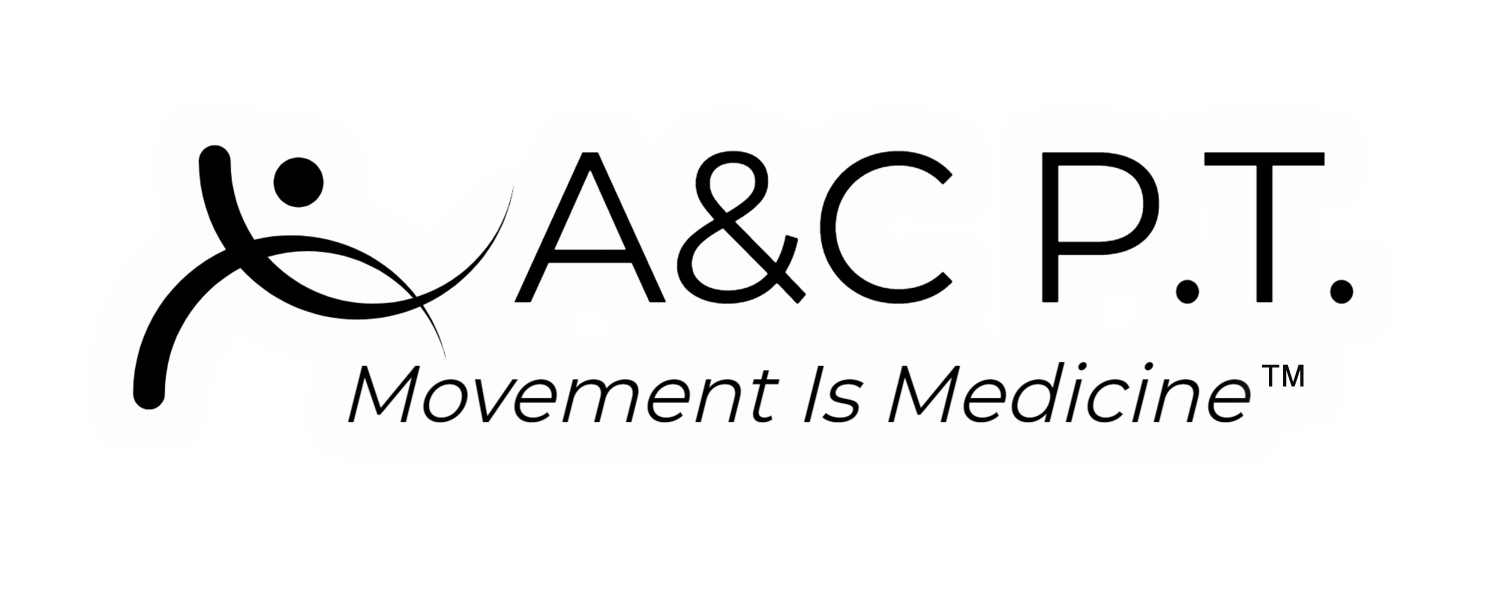P.T. For Hip Pain Treatment
Our therapists at Anderson & Cattone Physical Therapy are well versed in the anatomy of the hip and all of the potential structures that may be referring your pain. In addition, they will be able to analyze your movement patterns to determine the most likely original cause of the pain. Hip pain is rarely just the hip, as the low back is often the culprit of developing pathology.
Treatments
We use a combination of manual therapy and targeted exercises for all regions contributing to your hip pain. Our comprehensive hip pain treatment approach often includes mobilization and manipulation of both the hip and lumbar spine. Soft tissue mobilization and muscle activation are effective techniques for restoring proper function of lumbopelvic stabilizing muscles. Exercises begin by improving muscle activation and control to stabilize your hip, then progress to functional movements that help you achieve your goals.
Manual Therapy
Manual therapy is used to decrease pain and improve the mobility of patients experiencing pain. When treating the hip it may include joint and soft tissue mobilization/manipulation of both the hip and lumbar spine to restore proper mechanics. The interdependence of the hip and lumbar spine make it vital to address dysfunction in both.
Therapeutic Exercise
Therapeutic exercise programs are developed and tailored to the patient’s specific diagnosis. Therapeutic exercise teaches patients proper movement patterns and improves strength and endurance necessary for fully healing from current dysfunction. It will initially focus on improving activation and control of all muscles necessary to stabilize the hip and lumbar spine. As control improves, a more comprehensive approach will be used to ensure full strength and mobility of the lower extremity and trunk.
NeuFit Neubie
Using our state-of-the-art electronic stimulation device, we can re-wire your nervous system to completely change disfunctional movement strategies causing the hip pain. In many cases, three to four sessions is all it takes to make even substantial hip pain go away.
“Sarah, Noal & team have helped me in ways I could not have imagined. They don’t just treat the symptoms but rather dig deeper. I love that they have several PT specialists as each brings their own unique expertise to each client they treat. They are always researching and learning about new ways to help their patients. I wouldn’t trust anyone else with my PT needs.”
Evidence
Manual therapy and exercise therapy have both been found to be beneficial in patients with hip osteoarthritis. Stretching and manipulation (thrust and non-thrust distraction) can be used to reduce intra-articular (in the joint) pressure which can improve hip range of motion necessary for functional activities. (Hoeksma, 2004). Non-arthritic hip pain can be successfully treated with manual therapy, therapeutic exercise, and neuro-muscular re-education (Enseki, 2014)
We Can Treat
Hip replacement
Labral Tear
Femoral acetabular impingment
Hip impingement
Snapping hip
Trochanteric/hip bursitis
Gluteal tendinopathy
IT Band syndrome
Muscle strain/tear (i.e. hamstring or hip flexors)
Post-surgical
Learn more about various hip conditions and research


